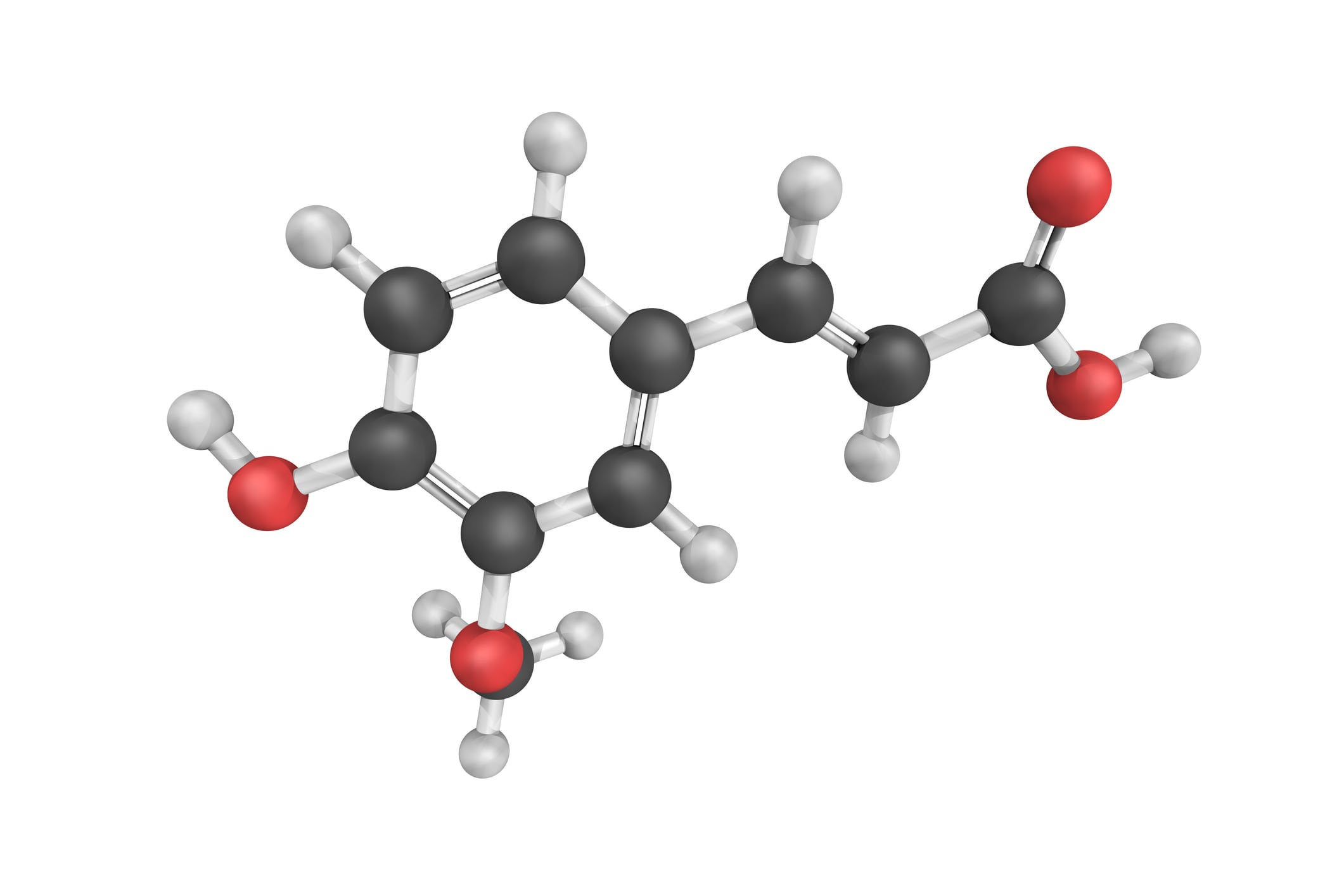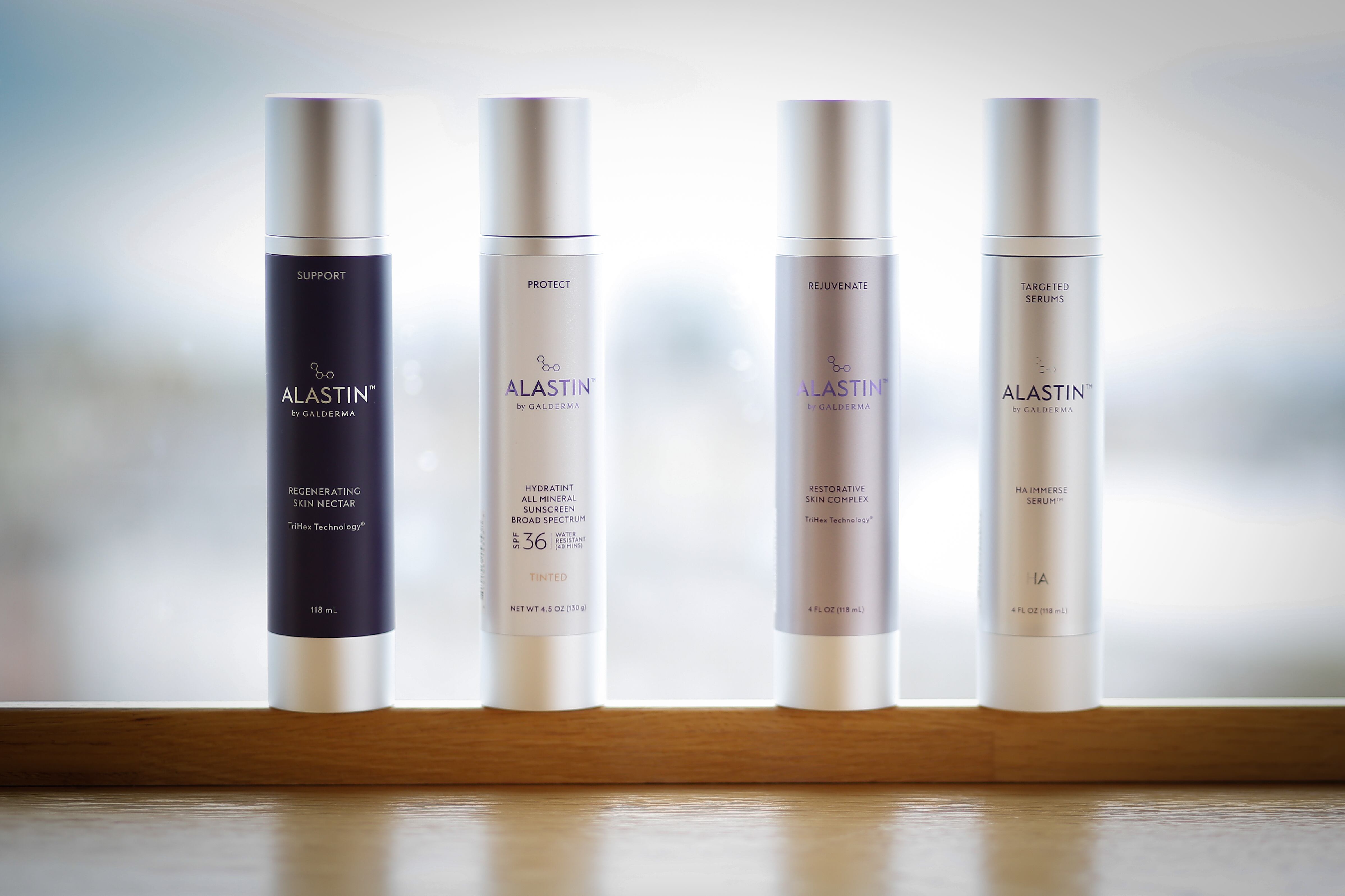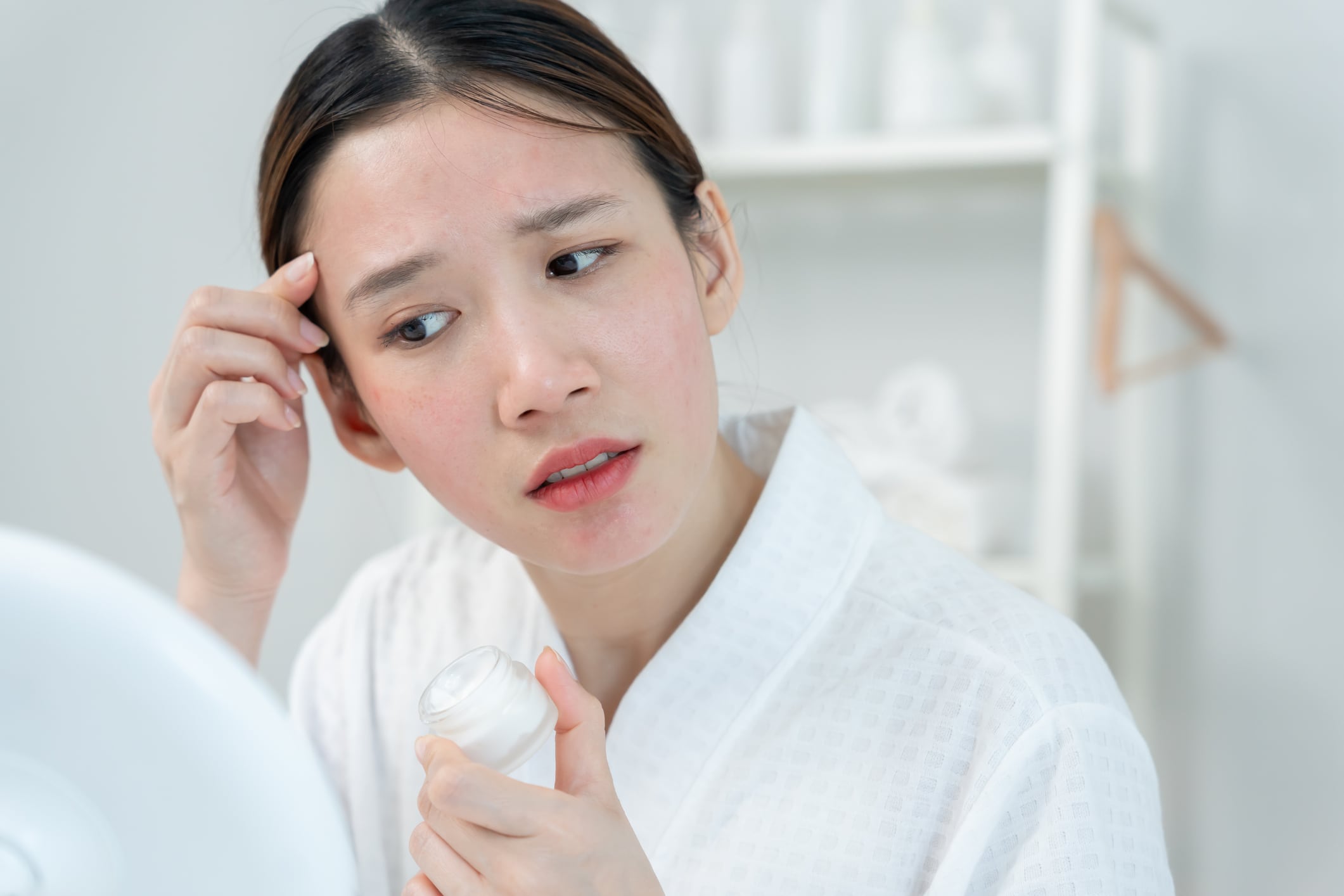The research tied specific ceramides and neutral lipids to skin ageing in women, in the form of changes to skin barrier, elasticity, brightness, and oil levels.
The study — conducted by researchers at Shin Biotechnology, the Chinese Academy of Inspection and Quarantine, Fudan University, and the Dermatology Hospital Medical Center of Air Force — focused on an age window where sebum peaks and first signs of ageing typically appear.
The authors noted that measurable chemical remodelling in the outermost skin layer already occurred in early adulthood.
The team from the Cosmetic Technology Center of the Chinese Academy of Inspection and Quarantine recruited five balanced age bands (19 to 21, 22 to 24, 25 to 27, 28 to 30, and 31 to 33) during July and August 2023.
They mapped the lipids that changed with age, and how those changes related to barrier function, elasticity, and appearance.
How skin lipids change in women aged 19 to 33
The researchers studied 1,535 types of skin lipids and found that 350 of them changed noticeably with age. Some lipids increased, while others decreased. In total, 40 lipid types rose with age, while 51 declined.
Certain lipid groups showed clear trends: cholesterol esters (CE), triglycerides (TG), and hemibismonoacylglycerophosphate (HBMP) tended to increase, whereas diglycerides (DG) and phosphatidylglycerol (PG) tended to decrease.
The structure of the lipid chains also changed over time. Shorter fatty acid chains became more common in DG, TG, and short-chain ceramides, while longer and more complex ceramides increased.
These structural shifts are significant because chain length and saturation affect how tightly lipids pack together, which influences the skin’s barrier strength, moisture retention, smoothness, and appearance.
Ceramides help maintain strength and moisture
Ceramides, which make up about half of the outer skin’s lipids, also showed age-related differences.
The researchers measured 547 ceramide types across 14 classes. A few specific ceramides — Cer/EODS, Cer/EOS, and HexCer/NDS — increased with age and were linked to better elasticity, higher brightness, and slightly higher water loss (TEWL).
One type, Cer/AP, showed the opposite pattern and was associated with lower elasticity. Ceramides like EOS and EODS contain very long fatty acid chains that help form the skin’s strong, layered barrier structure that locks in moisture.
Having more of these ceramides suggests that the skin naturally adjusts its barrier during the 20s and early 30s. Their connection to elasticity and brightness means skin that feels firmer and looks more luminous often contains higher levels of these long-chain ceramides.
Changes in neutral lipids reflect sebum balance
Neutral lipids, which include skin surface oils, changed alongside ceramides. Diglycerides declined with age, while cholesterol esters and triglycerides rose. The triglycerides also became shorter and more unsaturated, meaning they contained more double bonds.
These changes affect how oily the skin feels and how sebum spreads across the surface. The rise in triglycerides matches known increases in sebum production among Chinese women during their 20s.
Overall, the type and texture of skin oils shift with age, not just the total amount produced.
For skin care developers, this means products for East Asian skin should take into account these changing patterns of TG, DG, and CE, rather than relying on a single “young adult” reference point.
Formulas should also balance cleansing and moisturising to support the skin’s natural lipid adjustments rather than disrupt them.
Skin hydration remains stable despite lower elasticity
Measurements of skin condition showed that water loss remained stable across age groups, while elasticity and brightness both declined slightly with age.
Sebum levels were lower in women aged 31 to 33 than in those aged 19 to 21. The researchers suggested that water loss remained steady because the increase in long-chain ceramides may have helped protect the skin barrier, keeping moisture retention stable even as firmness and glow declined.
Deeper analysis revealed that certain triglycerides and complex glycolipids rose with age, while some ceramides and FAHFAs fell.
This indicates that both lipid metabolism and signalling pathways in the skin change during early adulthood, meaning the skin’s internal chemistry and communication systems adjust gradually between late teens and early 30s.
Limitations and real-world implications
The study focused on Chinese women, so the results may differ in other populations or climates. Some older participants reported using anti-ageing skin care, which could have raised their ceramide levels. However, this reflects real-world consumer habits and provides useful insight for brands developing products for this age range.
These findings have several practical implications for the skin care industry. Formulators should focus on specific ceramide types linked to better elasticity and brightness, and ingredient suppliers can create new ceramide blends that match these natural shifts in the skin’s lipid profile.
Furthermore, testing labs can combine advanced lipid analysis with standard measures like elasticity and water loss for stronger product claims. Cleansers should also avoid removing too many ceramides and diglycerides, as these lipids help maintain the skin’s natural balance.
The researchers concluded: “This article employs lipidomics methods to investigate the impact of age on the facial SC lipid profiles of young Chinese women in the early ageing stage. It analyses the correlation between the two in conjunction with physiological parameters.
“This study contributes to a better understanding of the changes in lipid profile composition in young populations and the potential mechanisms of skin ageing.”
Source: International Journal of Cosmetic Science
“Correlation study of facial lipid profile differences and skin physiological characteristics in Chinese women aged 19–33 years”
https://doi.org/10.1111/ics.13065
Authors: Fan Yumei, et al.




